For that reason, many 'self-portrait garbage dumps' are naturally "painted" with careless "brush strokes" and evasive responsibility. In the midst of that messy picture with many mixed colors, Hue Eco Homestay has highlighted a bright spot, choosing to dialogue with the environment with a "green living manifesto" written from recycled waste on the heritage of the ancient capital.
Concerned about the current situation of plastic waste and nylon bags spreading everywhere, polluting the streets and lagoons, while landfilling is only a temporary solution and sooner or later will be overloaded, action is the prerequisite to make a difference. Possessing extensive experience through non-governmental projects on afforestation, biodiversity conservation, community tourism development and renewable energy, Ms. Quynh Anh - founder of Hue Eco Homestay, came up with the idea of "regenerating the environment - reviving tourism", gradually realizing the ecological accommodation model.
After 2 years of nurturing its form, the "green establishment" was officially born at the end of 2019, becoming a stopover that provides spiritual healing therapy along with sustainable tourism experiences. Promoting the "Zero Waste" lifestyle, resolutely saying no to plastic products and nylon bags, the homestay operates according to the 4R principle: Rethink, Reuse, Reduce and Recycle with a local slogan: "When if not now".

The reception space has a rustic feel, imbued with the spirit of green living, the highlight is the reception desk designed with old shutter doors.
PHOTO: NVCC

Lampshade made from an old kettle, slogan handwritten on the bottom of a used yogurt box
PHOTO: NVCC
Always keeping in mind: "Be kind to trash", the owner here has cleverly used nature as the main theme to create a "museum of trash", giving the "inanimate consumer remnants" that were once labeled as waste a chance to be reborn and transformed into unique interior works.
All the household items in the accommodation area are awakened to a new life cycle, each being "changed", wearing a new and unusual appearance. Glass bottles, milk cans, plastic boxes, scrap metal do not end up in the trash but are transformed into ceiling lampshades, toothbrush holders, vases, key chains, clocks... Even materials that have expired their "term" of use such as water pipes, outdated ceramic balls, "old-fashioned" gas pumps, old-fashioned cyclo rims and tires... are all repositioned into table legs, reading lamps, shelves, and unique washbasins.

Each sprout is a living testament to the journey of regenerating waste.
PHOTO: NVCC

Glass wine bottles are transformed into a "light party"
PHOTO: NVCC

Handcrafted recycled water pipes into a unique and elegant night light
PHOTO: NVCC

The sink is created from a combination of tires, gas pumps and other scrap materials.
PHOTO: NVCC
The landscape in the "green area" is elaborately arranged like a deliberate "script", making each small corner a visual combination, the staging details seem random but are actually the result of diligent research, collection, selection, carving, sawing, cutting, and hand-assembling.

The staircase is made from 16 tricycle wheels, the handrail is a copper spittoon over a hundred years old. The defective tiles are used to pave the steps, in line with the homestay's policy of reusing leftover materials, while also contributing to solving the output for the manufacturer.
PHOTO: NVCC
Instead of leaving the burden of waste to the environment, homeowners consider inorganic waste a resource, voluntarily embracing it as "savings", waiting for a more humane solution.
Each room is equipped with a "mini trash storage" with specific instructions to encourage visitors to properly compress their trash into bottles. It is estimated that each bottle contains about 0.3 kg of clean, dry trash on average; 60 bottles, equivalent to about 18 kg of trash, are prevented from being released into the environment - a small number but of great value in the effort to "accumulate small amounts to make a big one" and reduce waste.

"Trash Room" attracts attention with a bed frame made from plastic bottles stuffed with trash, blankets and pillows sewn from scraps of fabric and accented with artistically transformed items.
PHOTO: HUE ECO HOMESTAY
The homestay is designed with an environmentally friendly mindset, limiting dependence on air conditioning thanks to smart solutions and a thoroughly green spirit. The airy skylight - the green lung and respiratory center of the house, is "programmed" to welcome the early morning sun, circulate the air and maximize daylight, acting as a passive, free and pleasant cooling device. Trees are arranged reasonably, prioritizing well-adapted native species, helping to establish a miniature ecosystem, increasing aesthetics as well as improving the natural microclimate.
Fully aware of the increasingly extreme weather conditions, with temperatures continuously reaching record levels, instead of maintaining traditional electricity consumption habits, Ms. Quynh Anh boldly "reversed" popular consumption habits by installing an 8kW rooftop solar power system. This clean power source meets daily needs, is connected to the grid to optimize operating costs and reduce emissions. In particular, the excess electricity can be sold back to the electricity industry under the renewable energy incentive mechanism - an economical choice, spreading a green lifestyle and aiming for sustainability.
This Homesat is also an ideal green meeting place, regularly organizing collective activities, attracting many individuals, volunteer groups and environmental clubs (Green National School Club, Green Hue Club) to come together to share ideas, participate in stuffing trash into bottles to make eco-bricks, practice composting from coffee grounds, eggshells, leftover vegetables...

Collective activity at homestay, everyone practiced making biological enzymes from fruit peels
PHOTO: NVCC
Tourists come here not simply to rent a room, but to "try out" a lifestyle with less waste. When they leave, what they bring with them, besides luggage and check-in photos, is the awareness of green living as a civilized reflex. It can be said that this place does not sell industrial conveniences but gives a sense of awakening: green living is necessary and completely feasible.

Source: https://thanhnien.vn/bao-tang-cua-rac-thai-tai-che-ke-chuyen-song-xanh-185250804120223534.htm



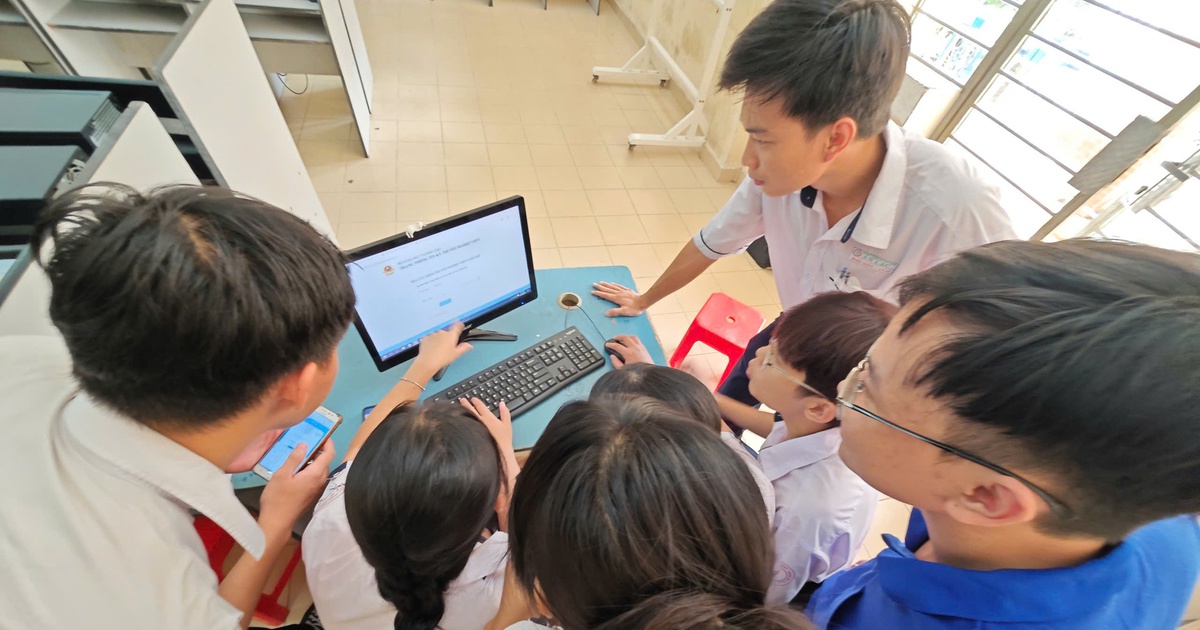
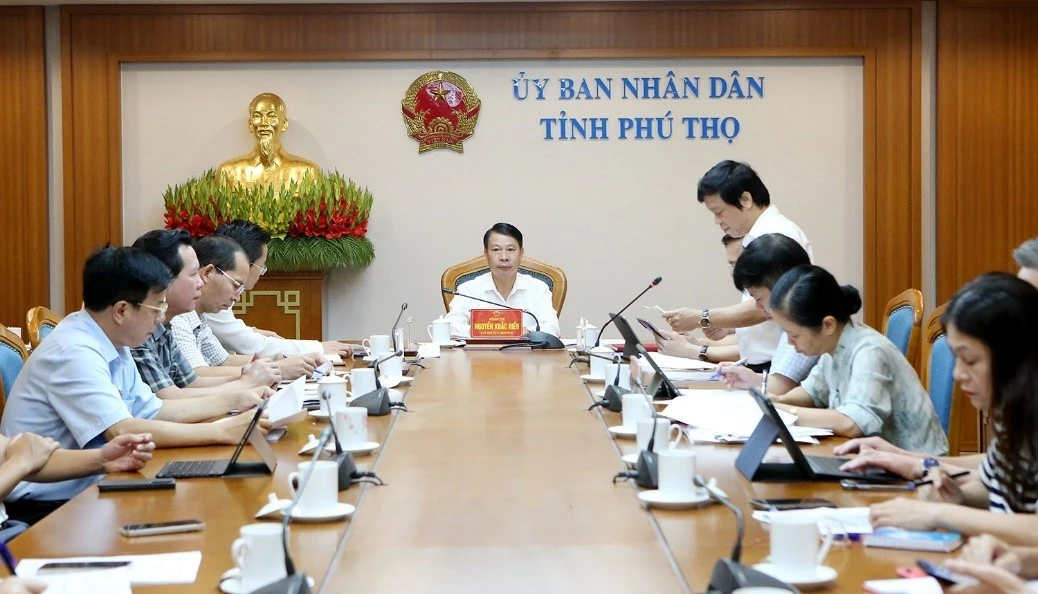
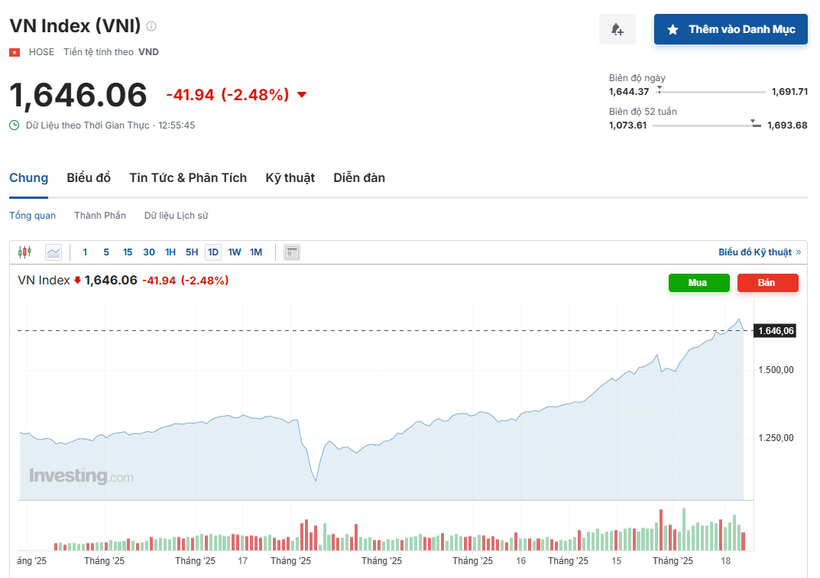
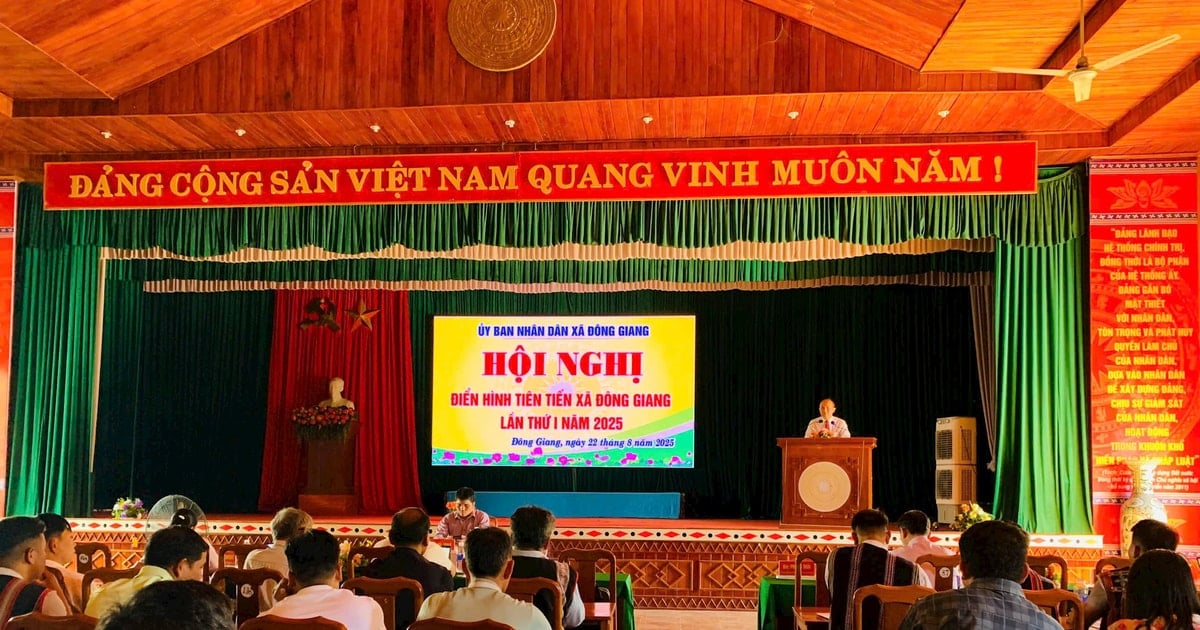

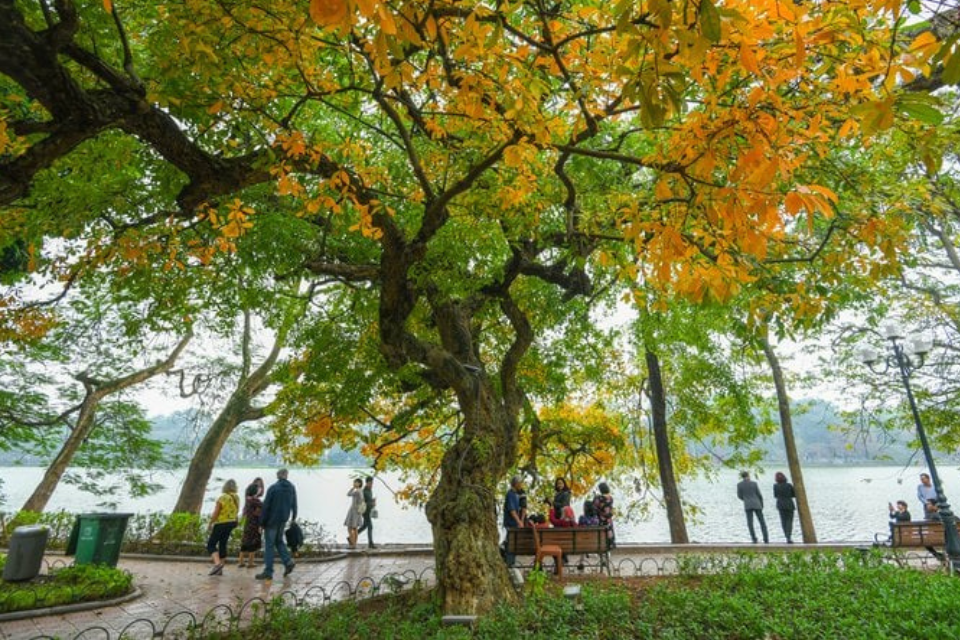

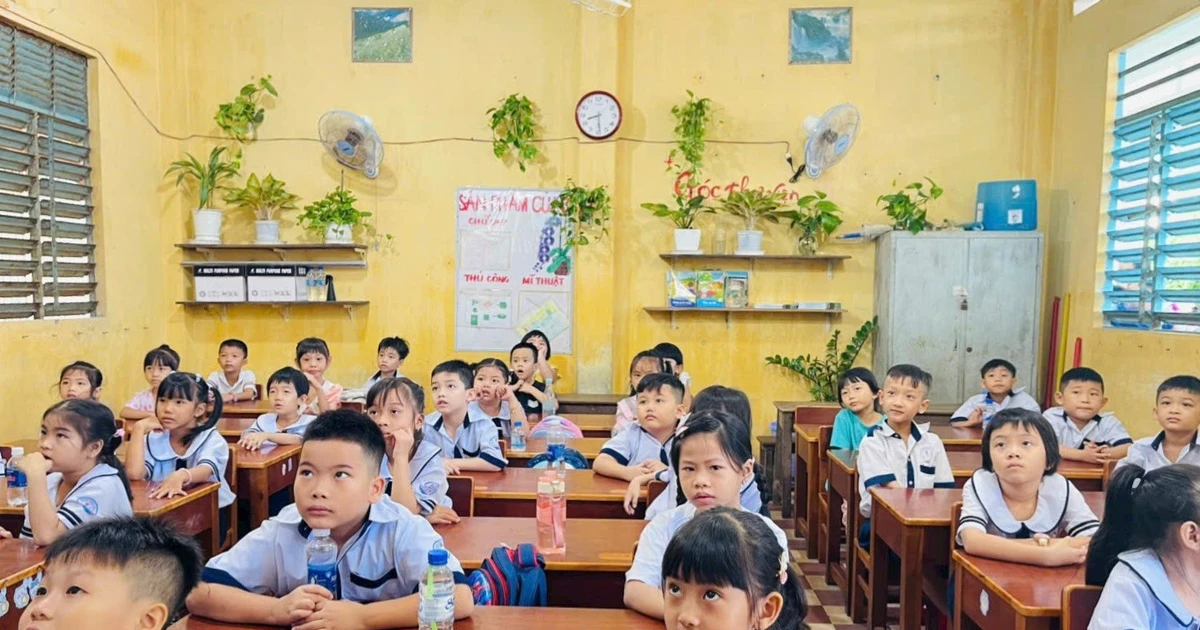

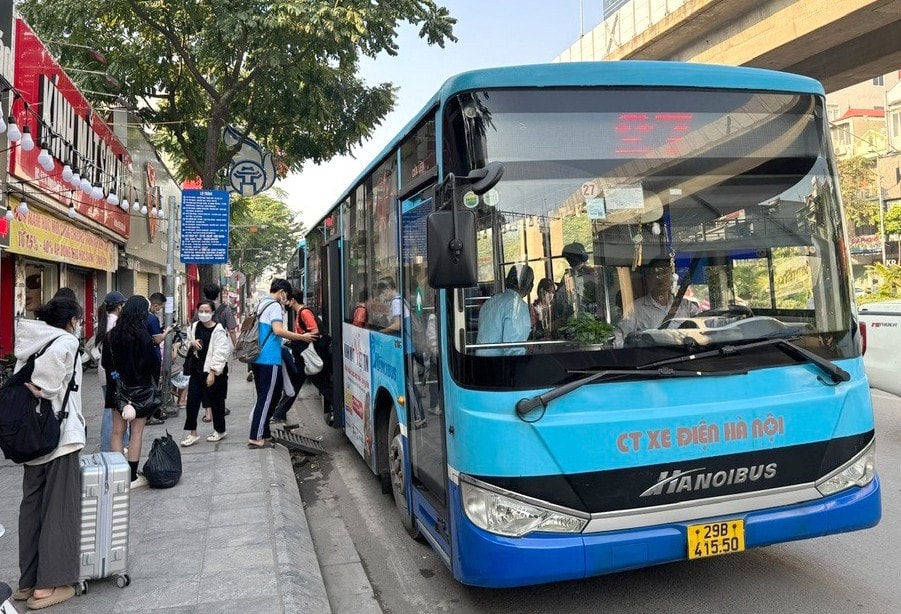










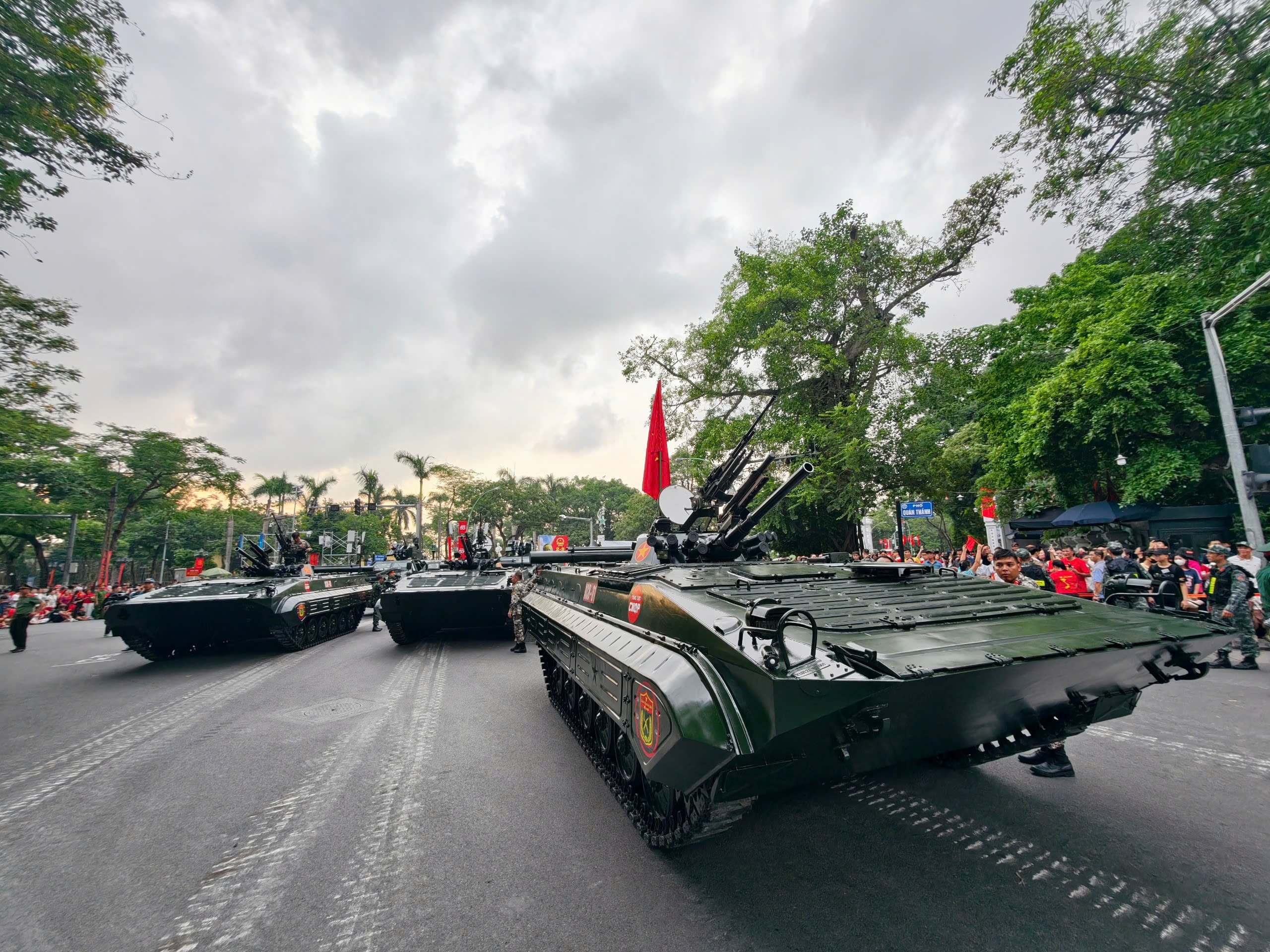
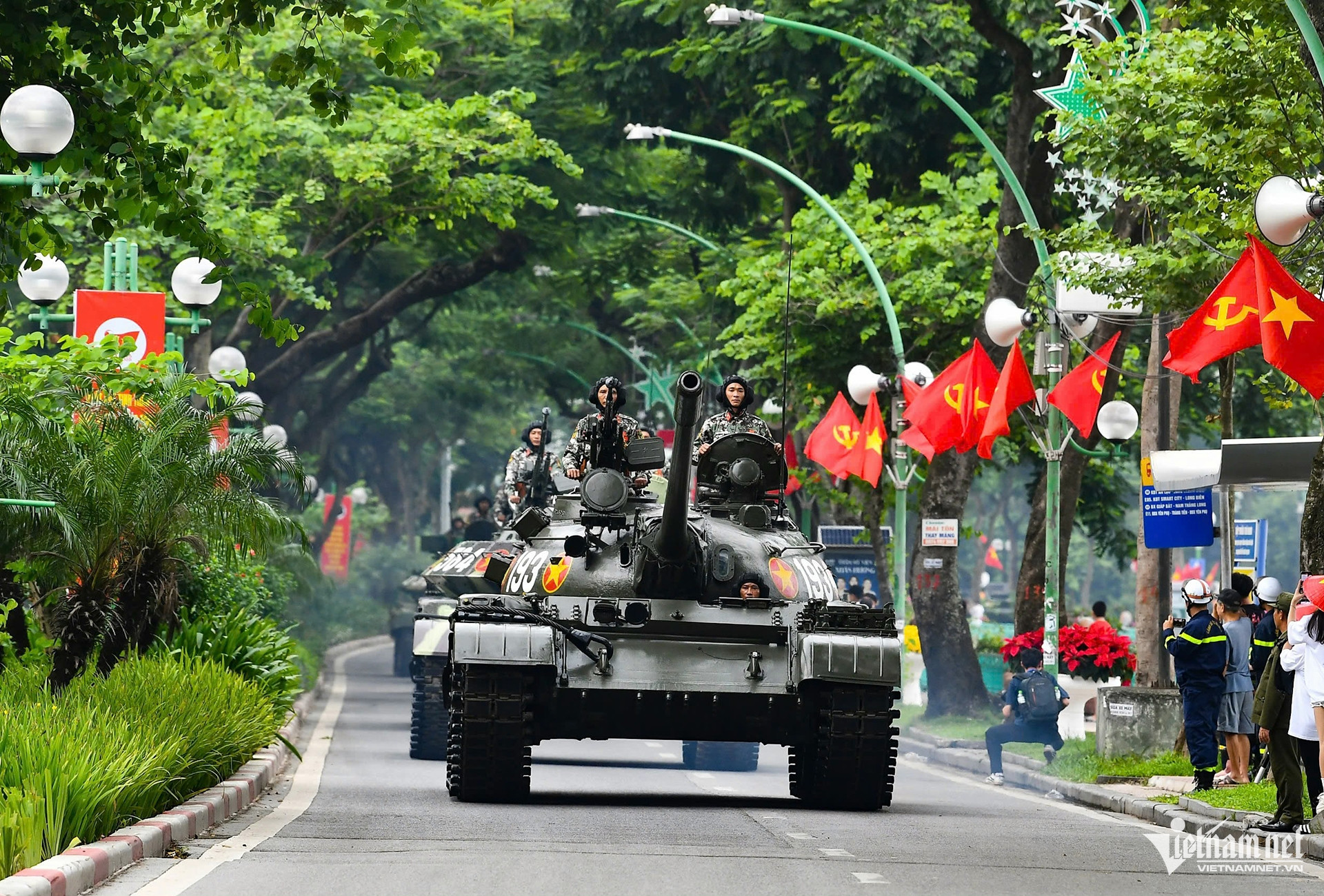

![[Photo] Scientific workshop "Trade unions with the task of participating in state management and building a socialist rule of law state"](https://vstatic.vietnam.vn/vietnam/resource/IMAGE/2025/8/22/789f6384ec37466098a8bcb531deb281)
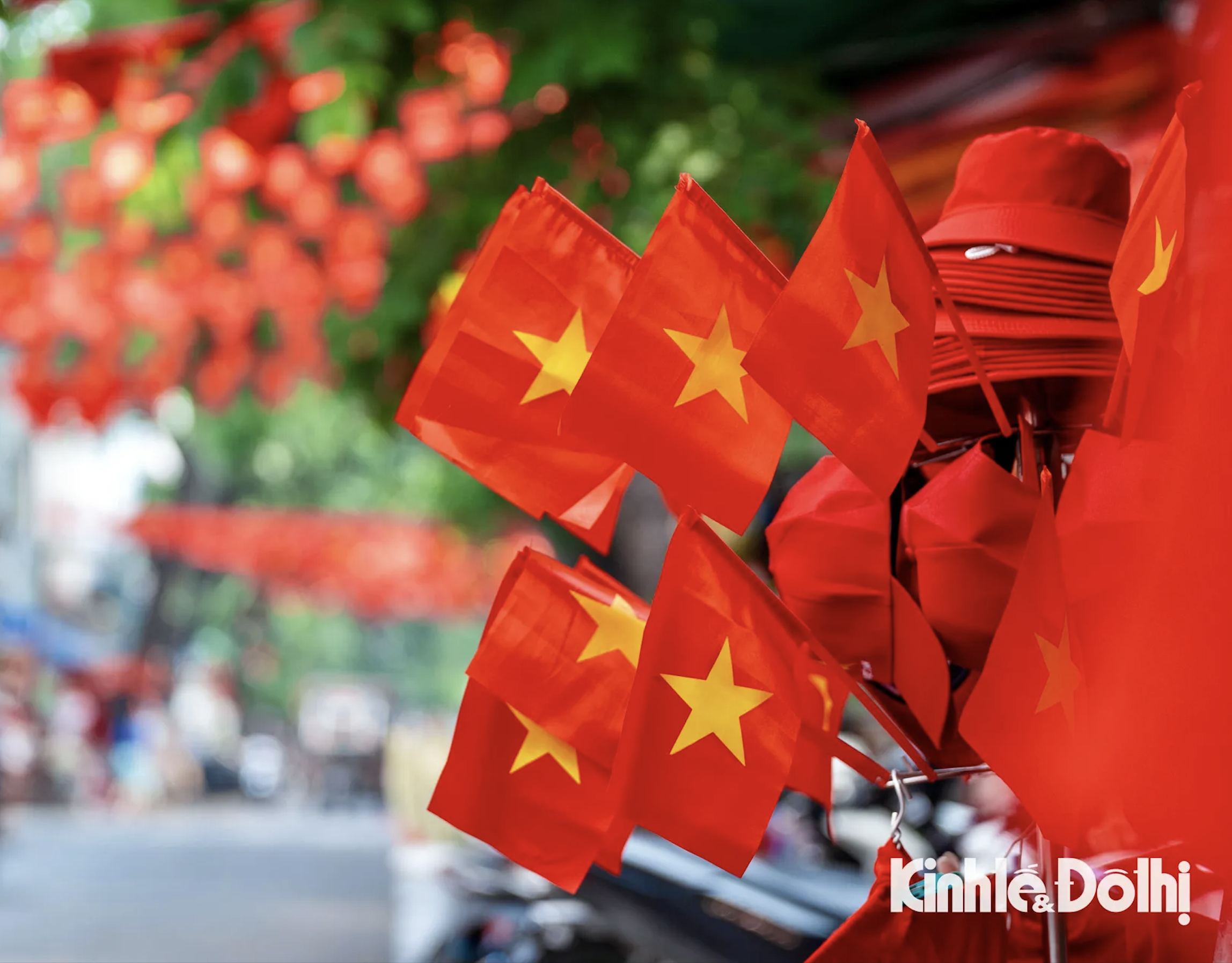
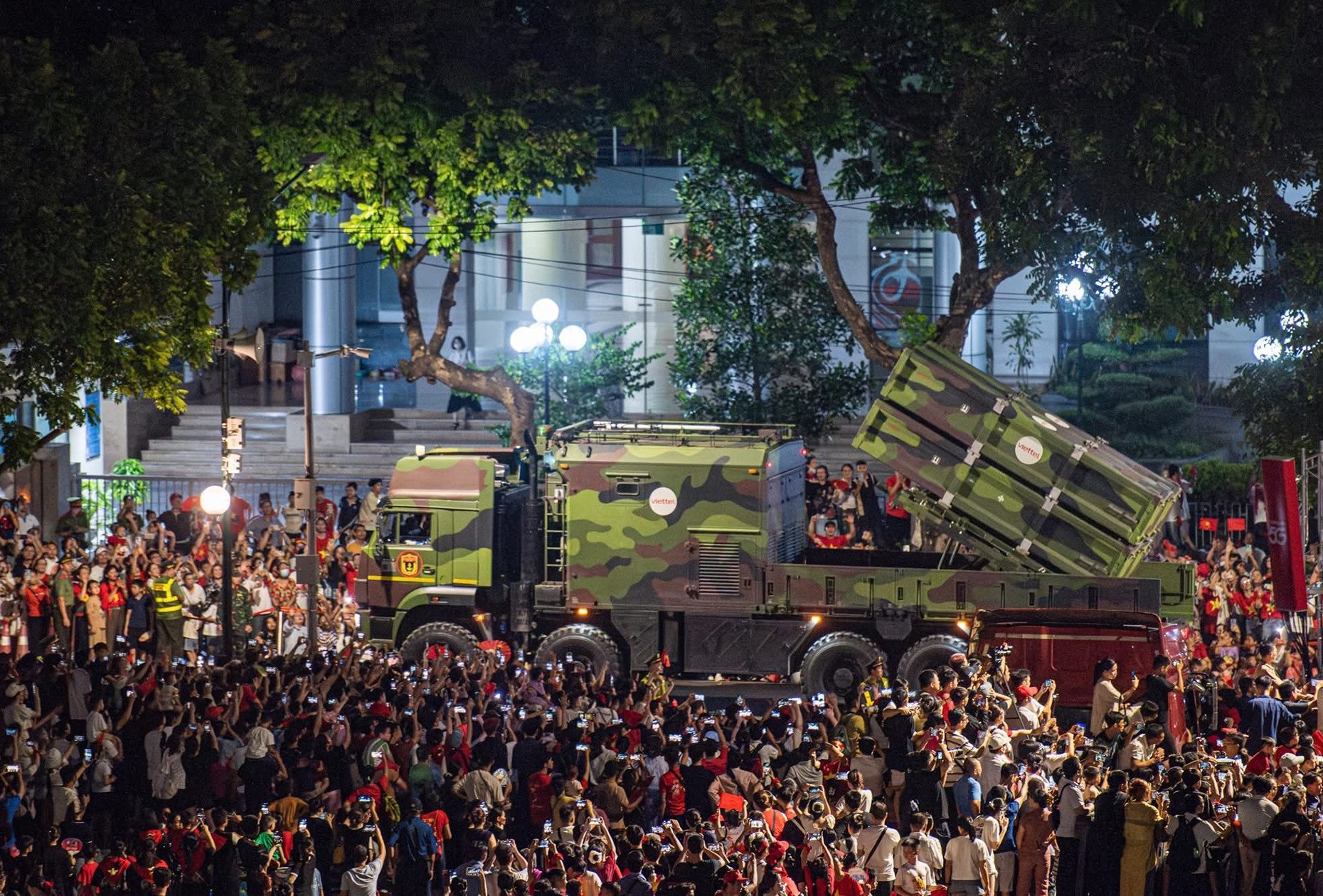
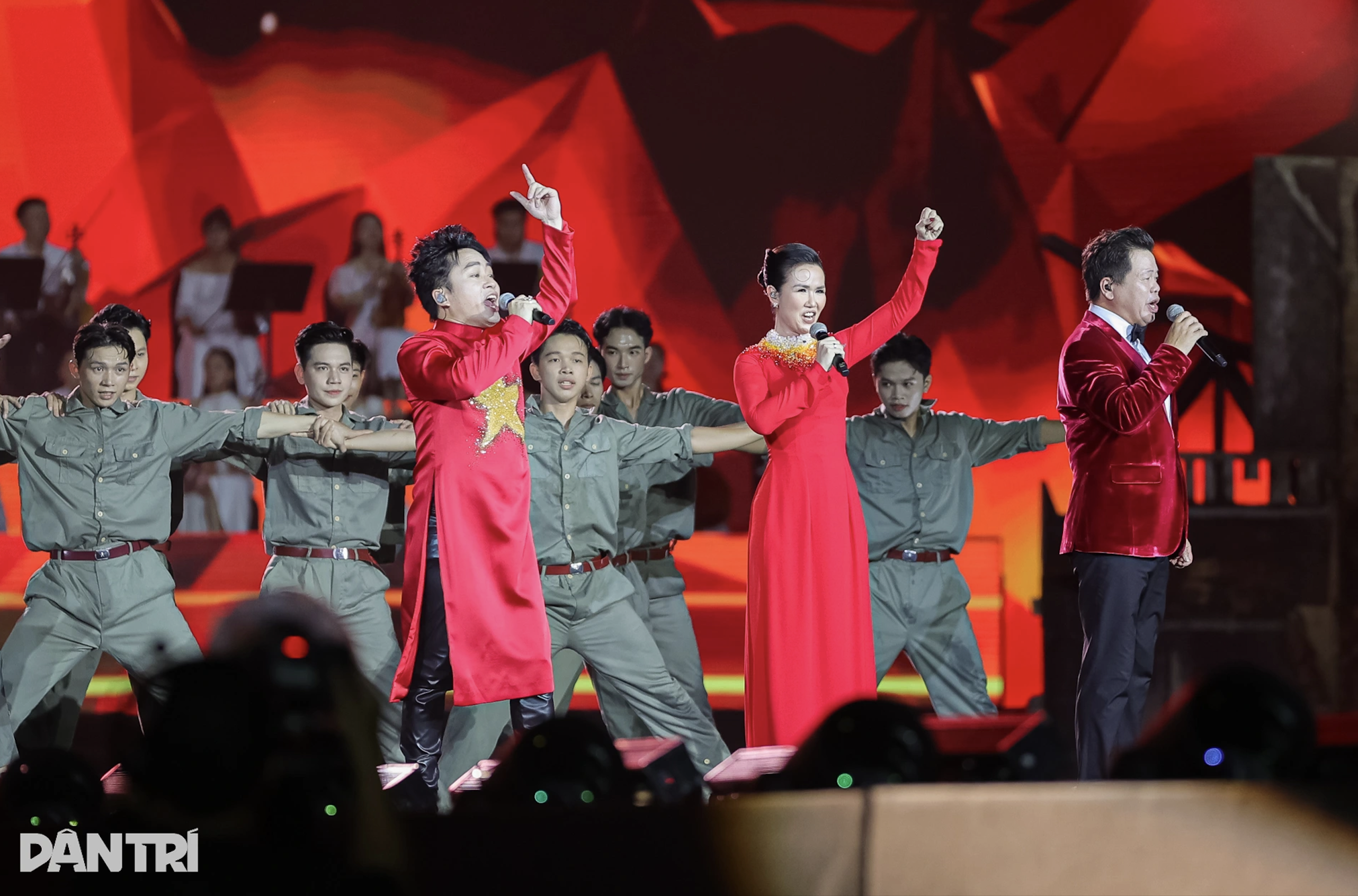
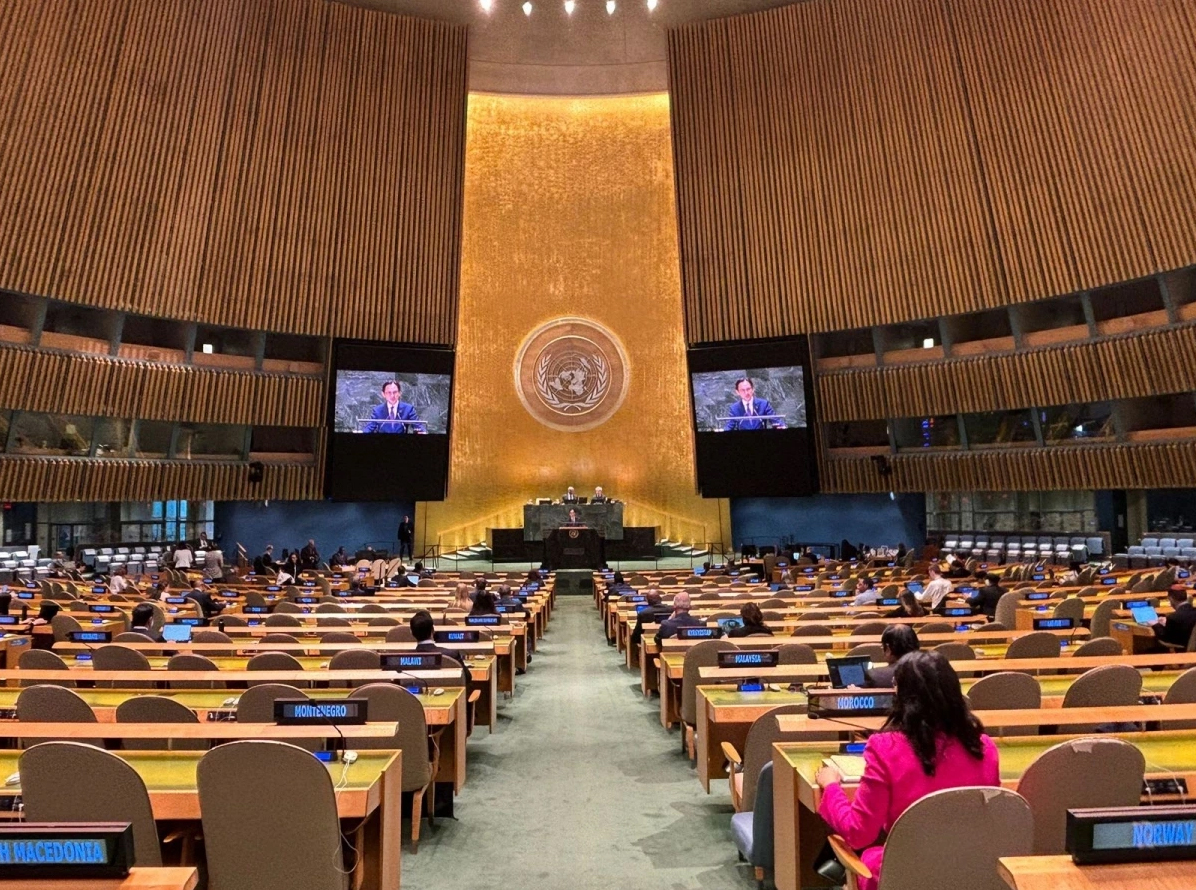
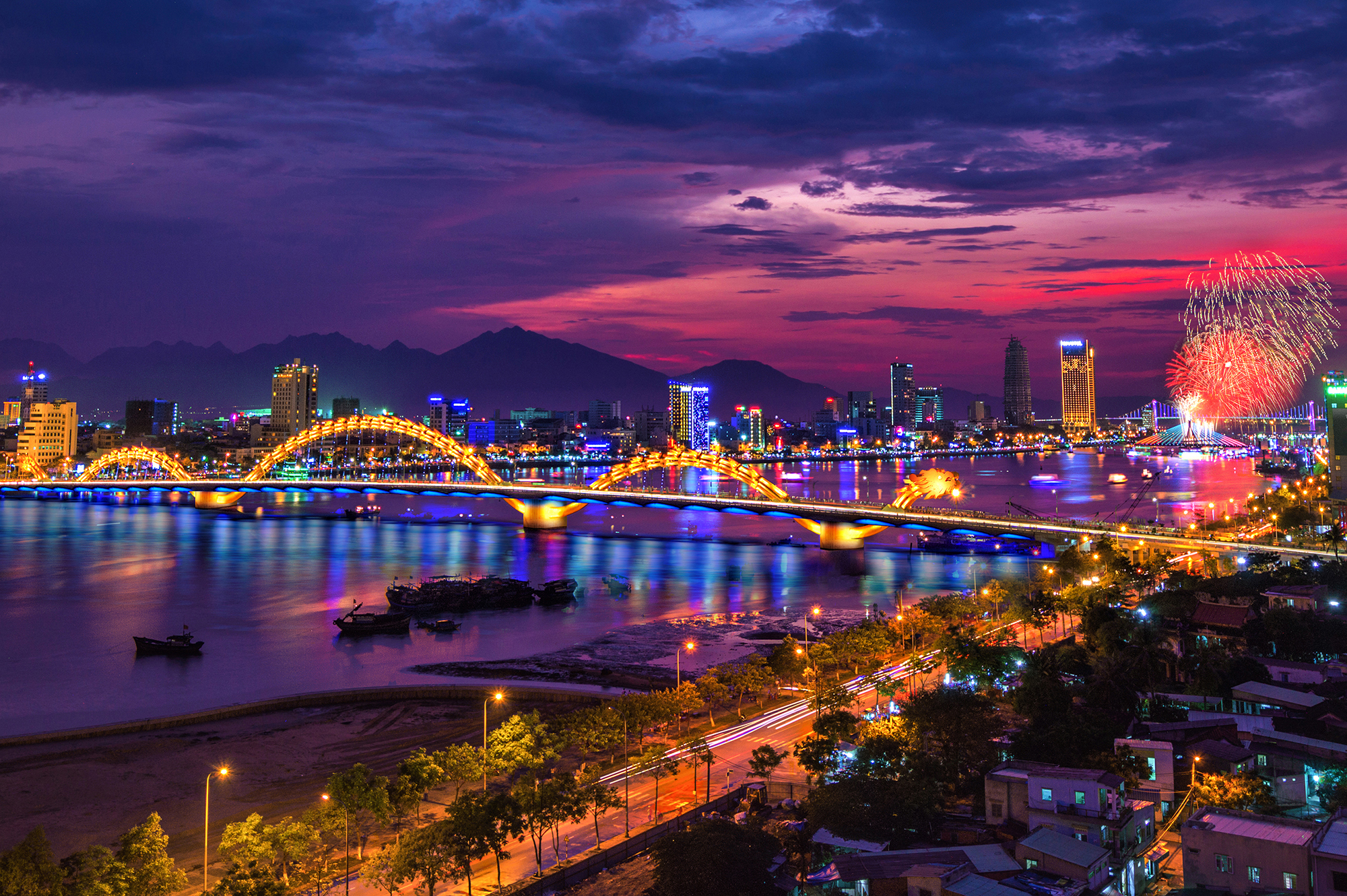









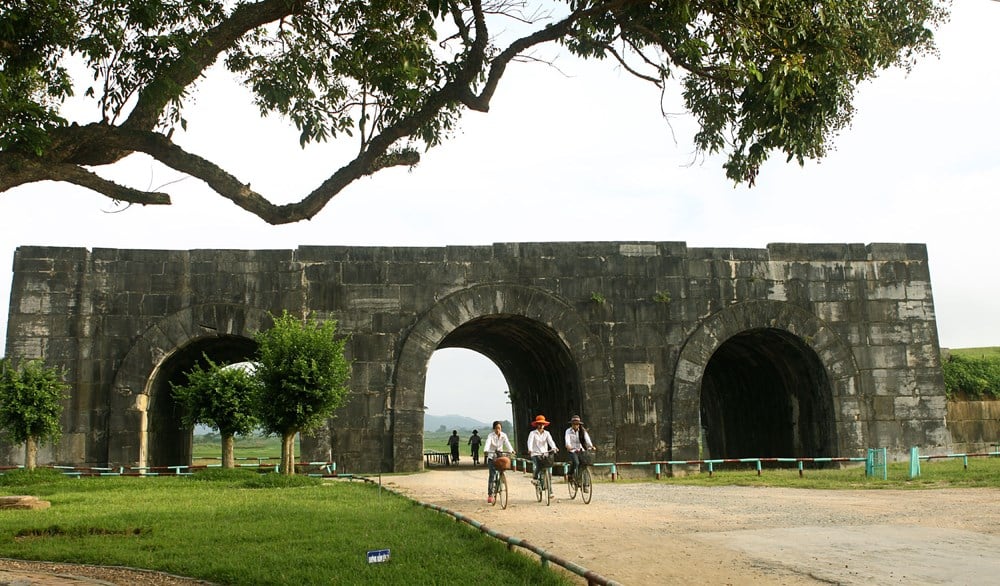





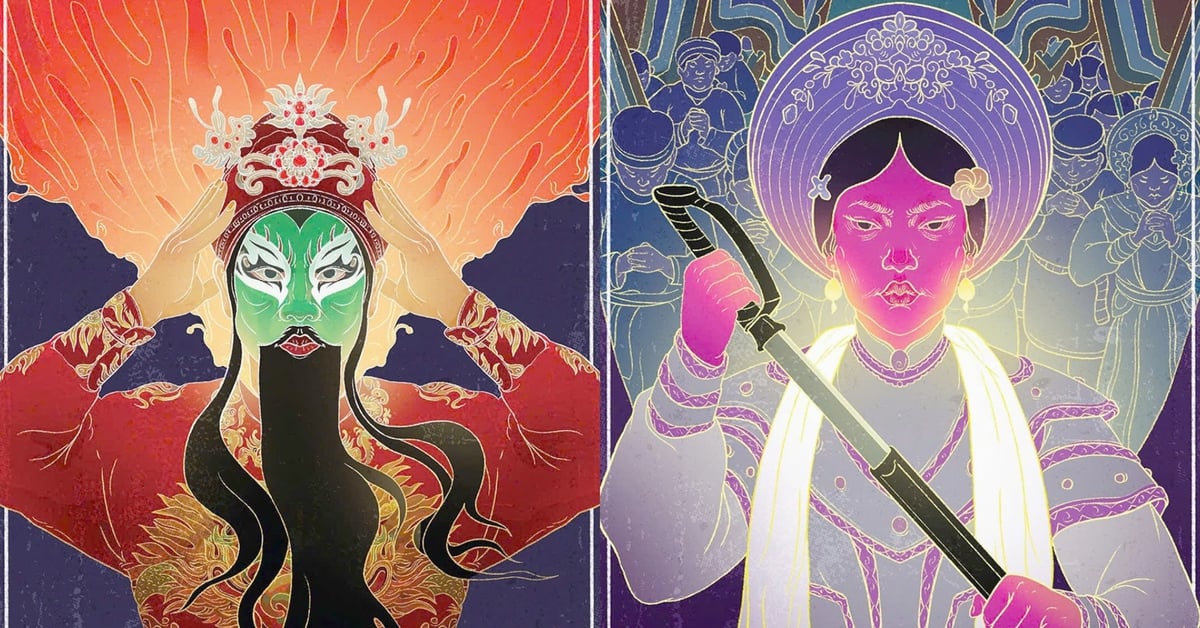

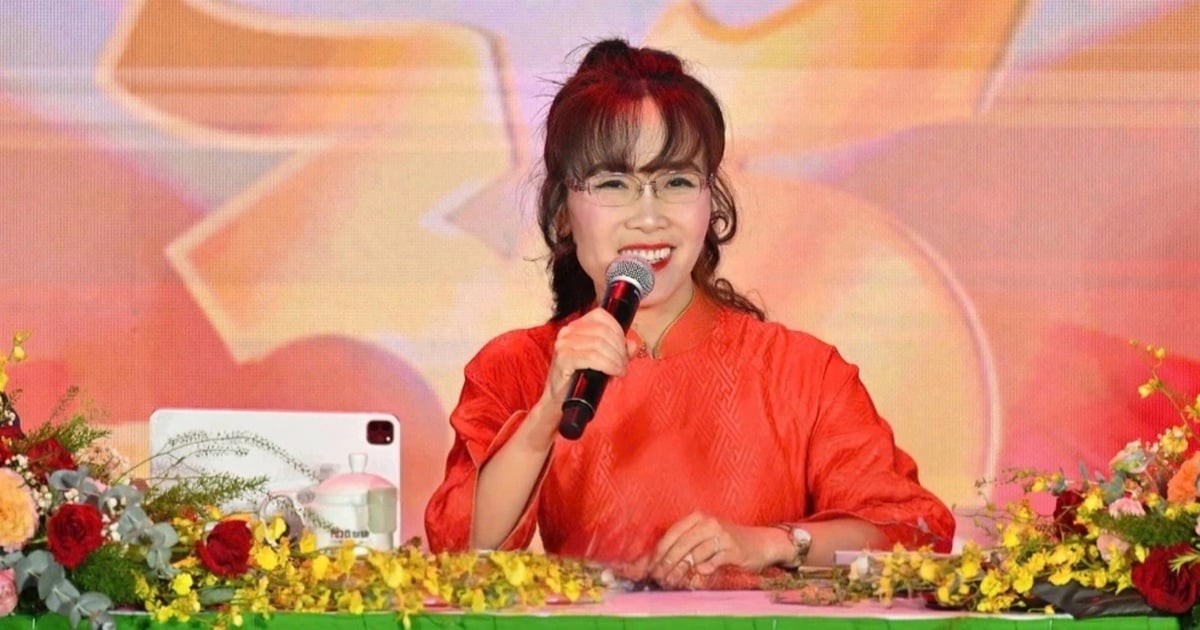
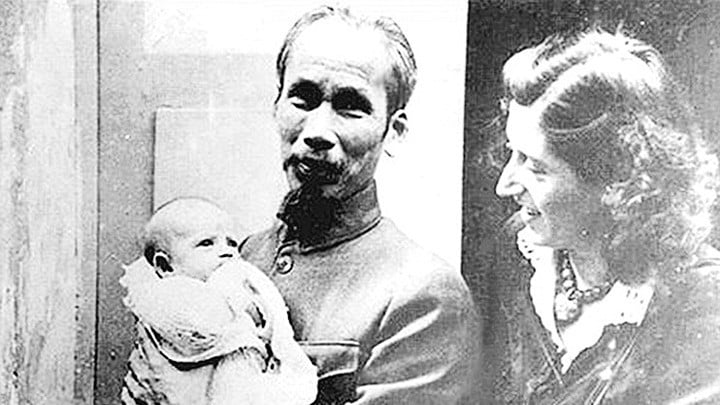









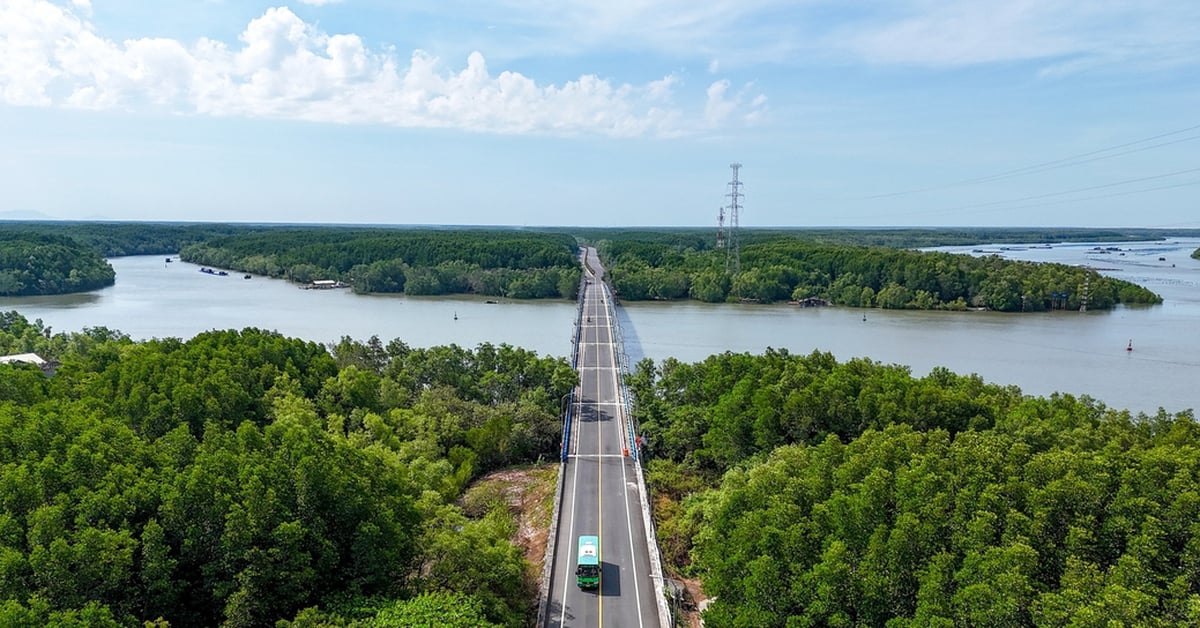
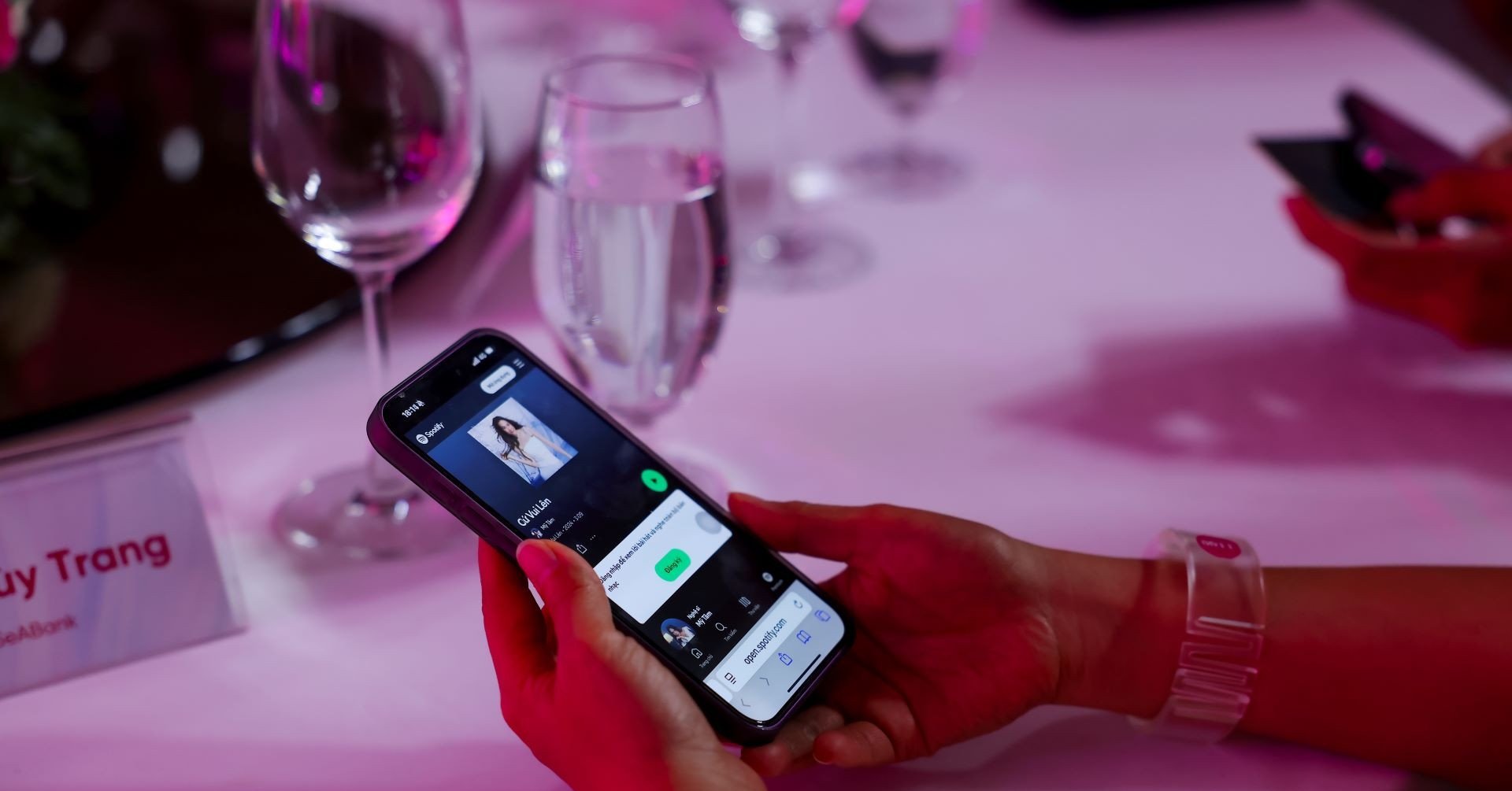
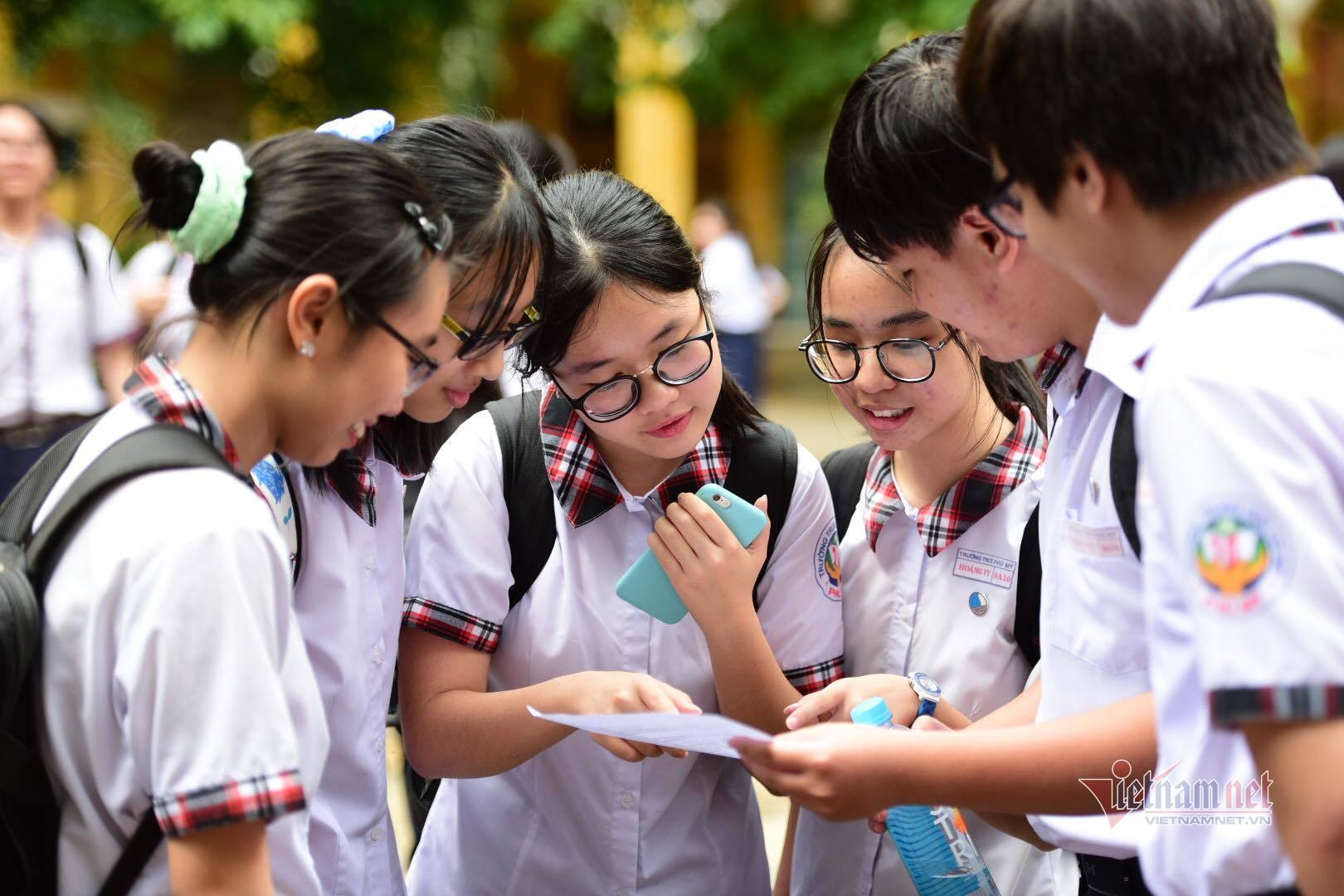

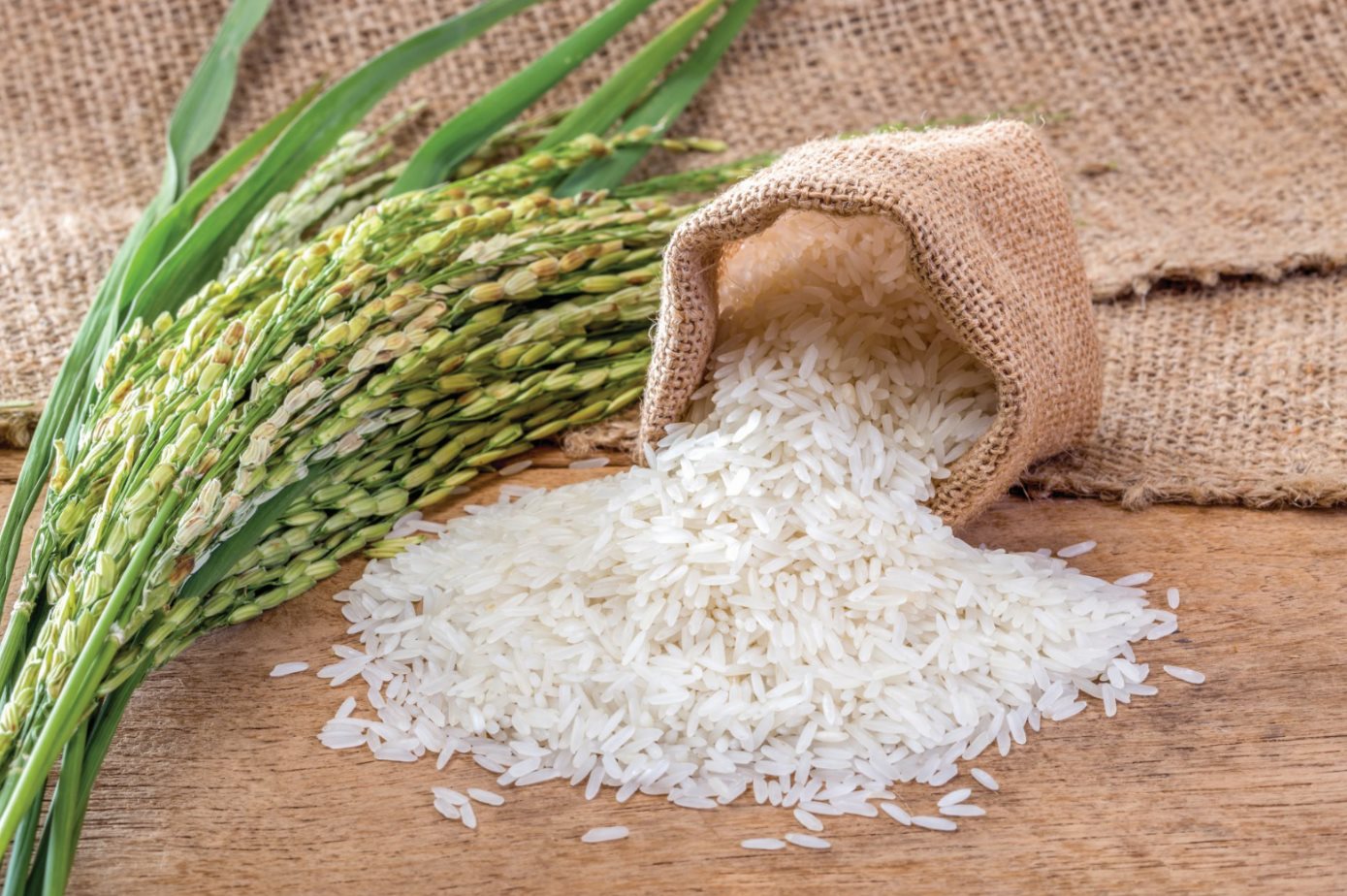


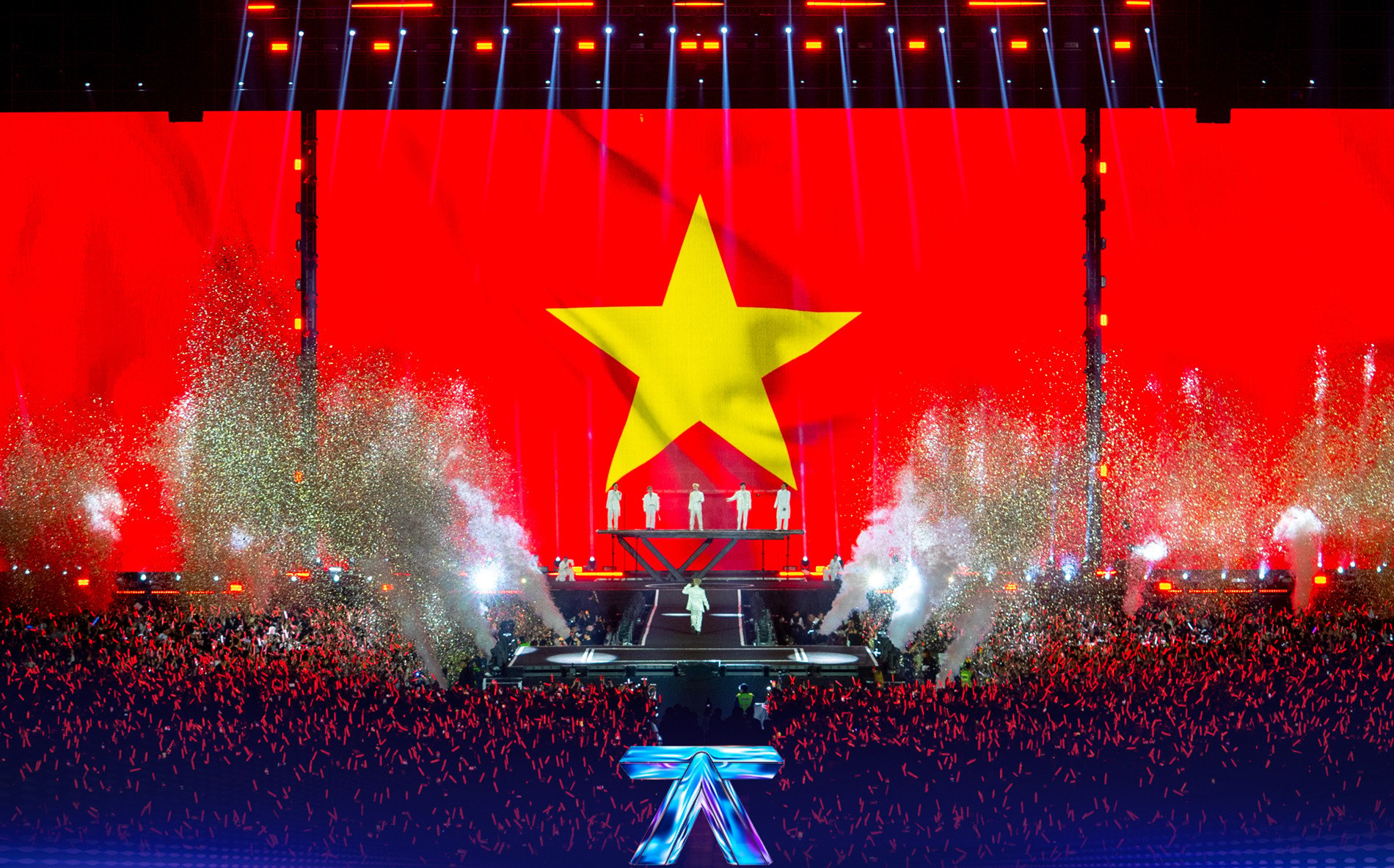
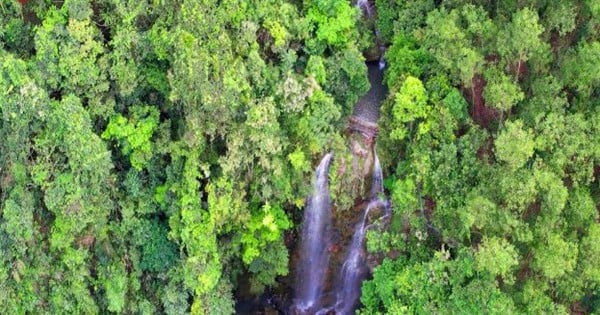

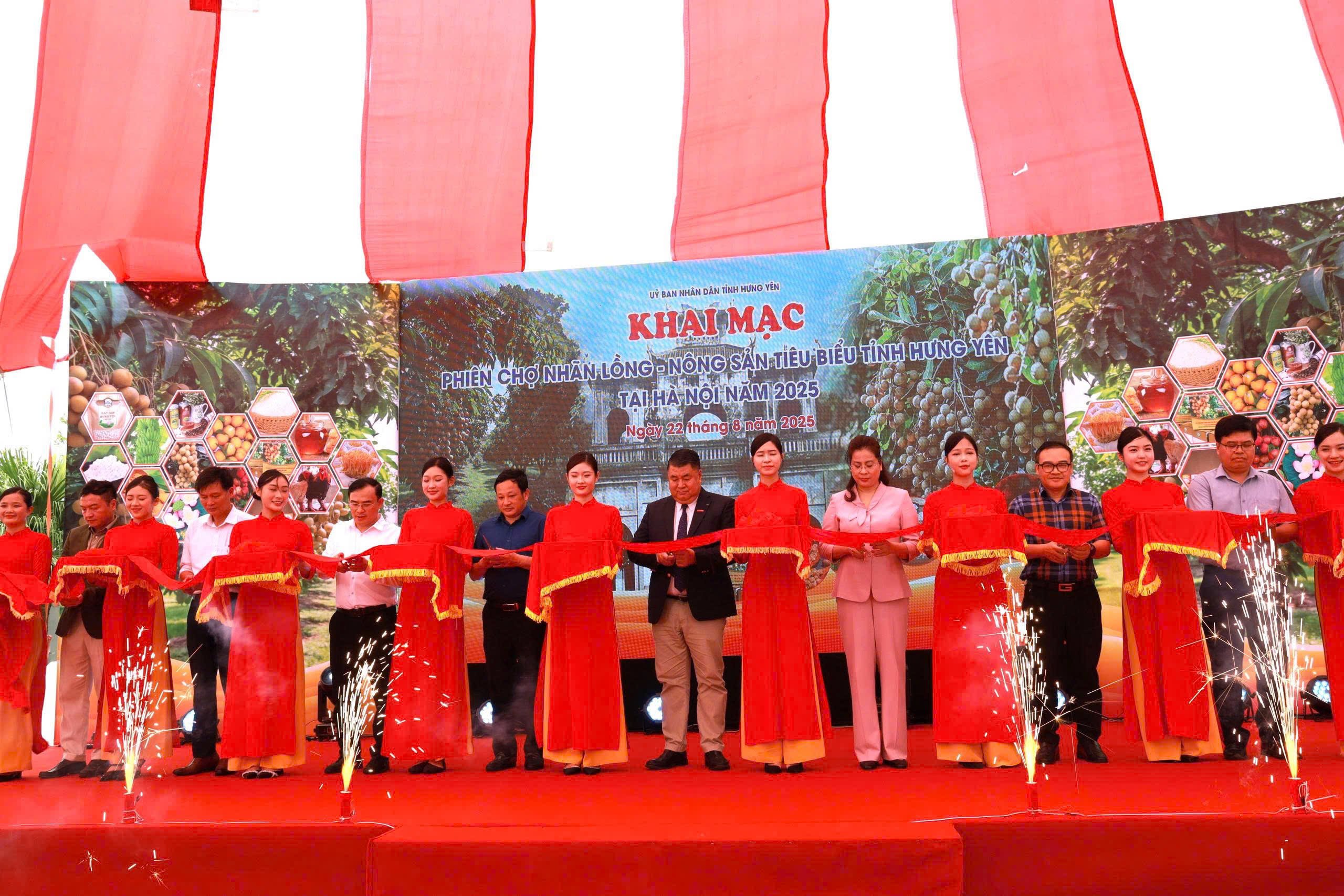


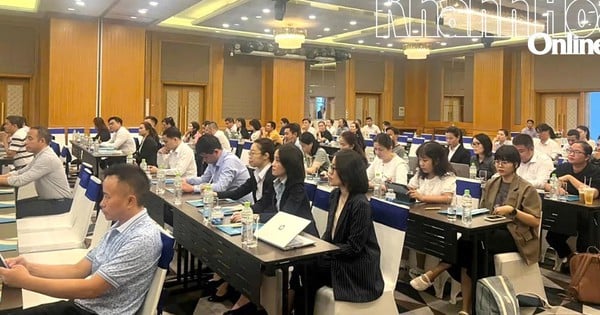
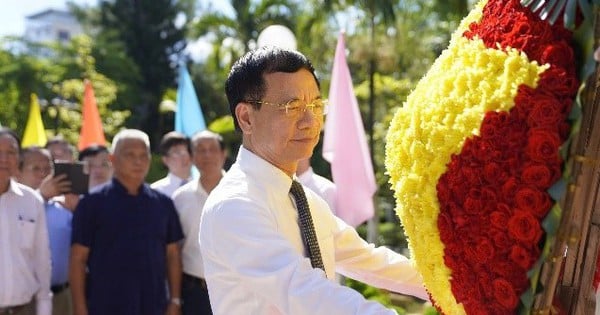

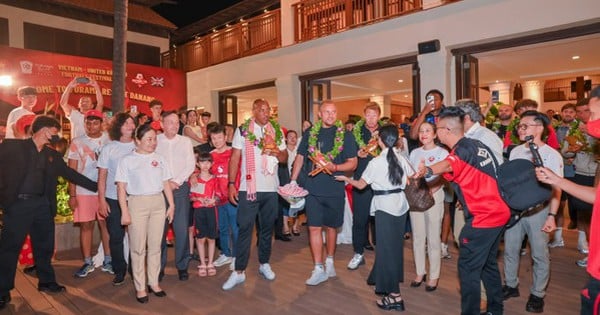













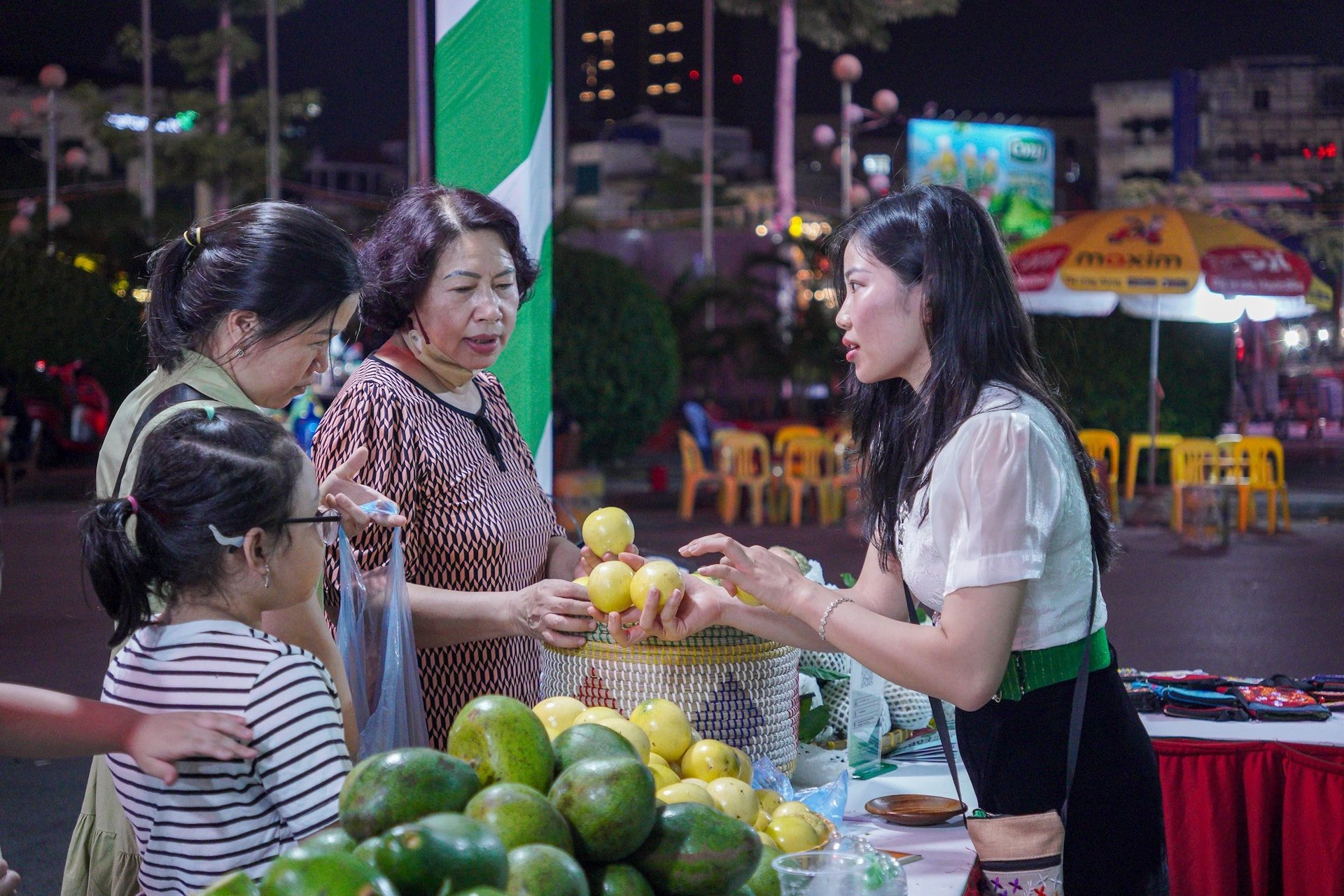
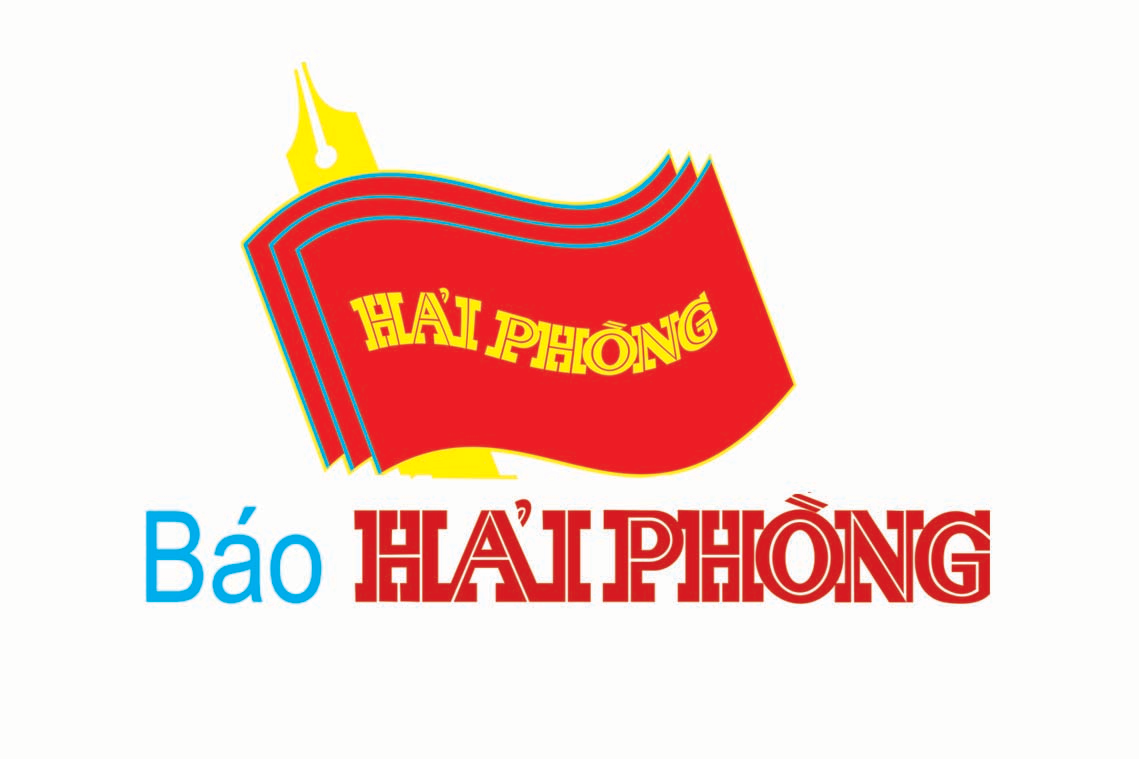







Comment (0)